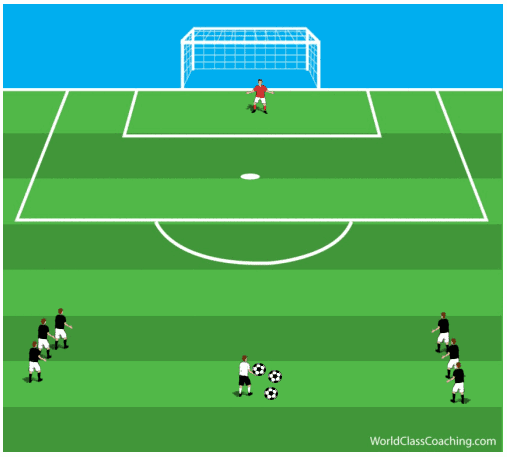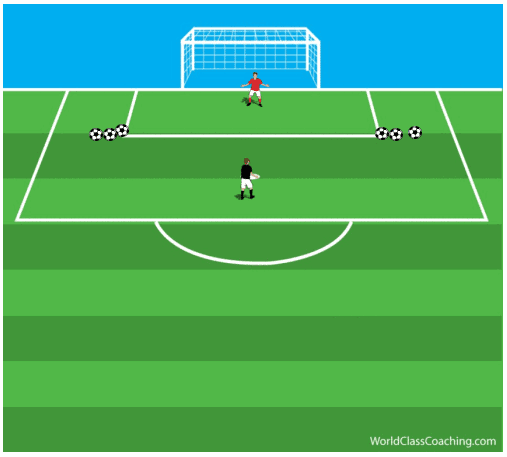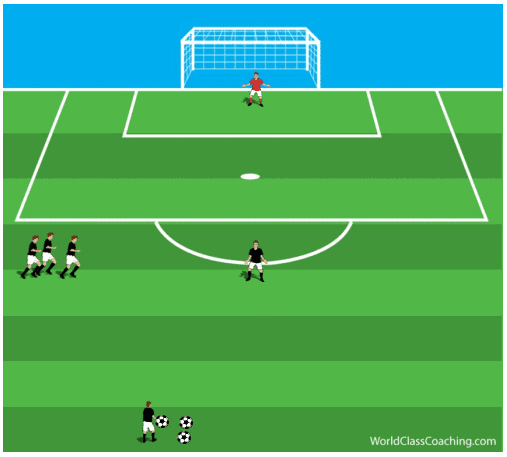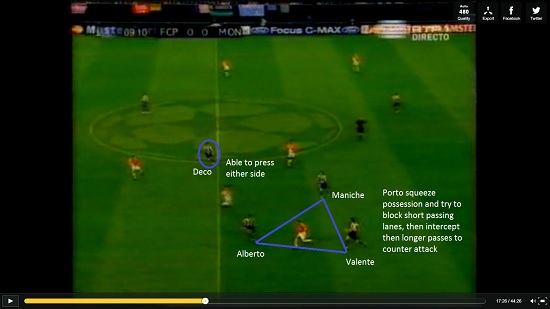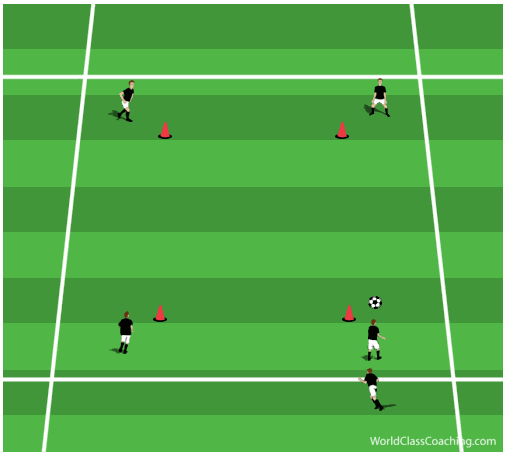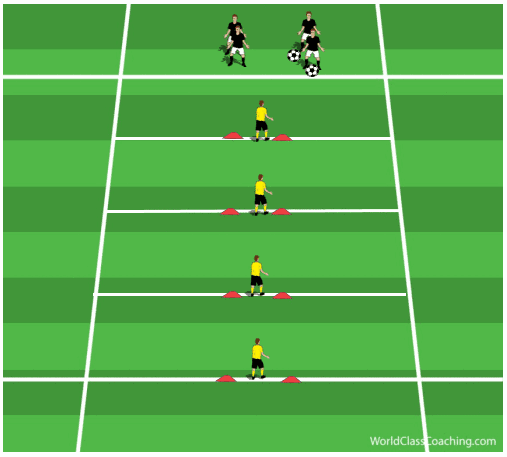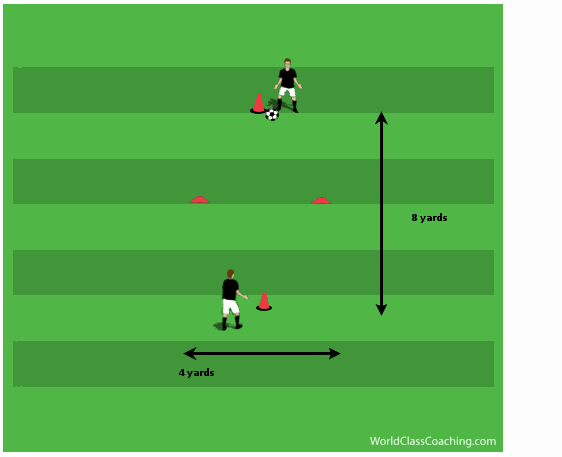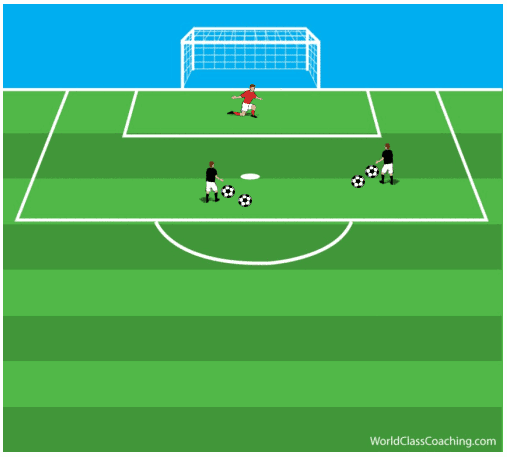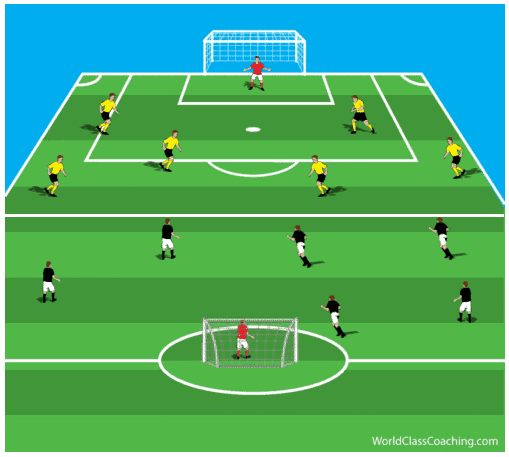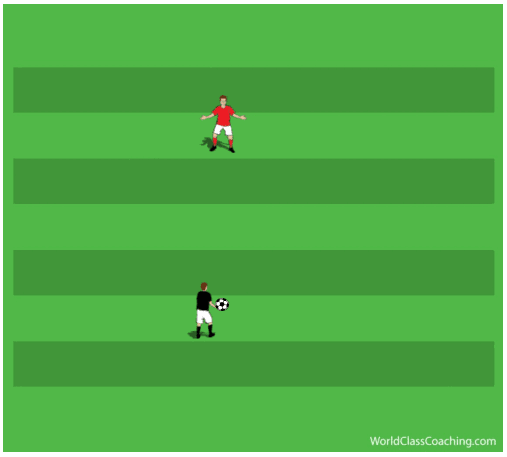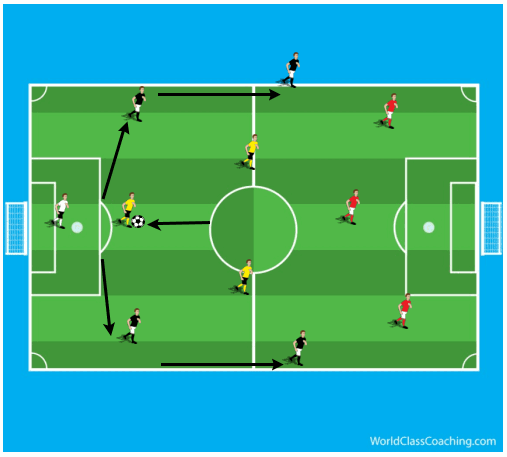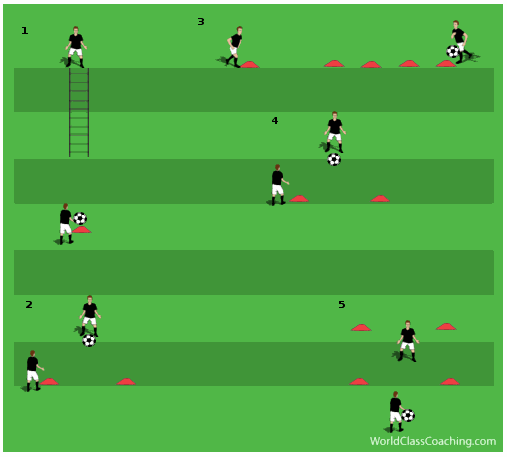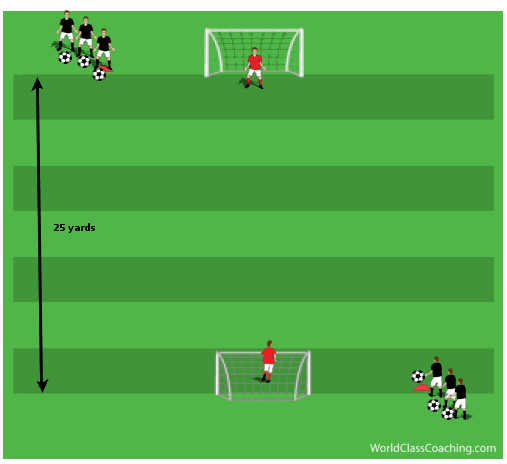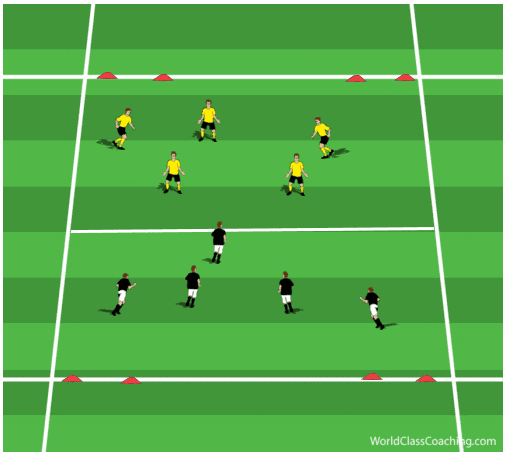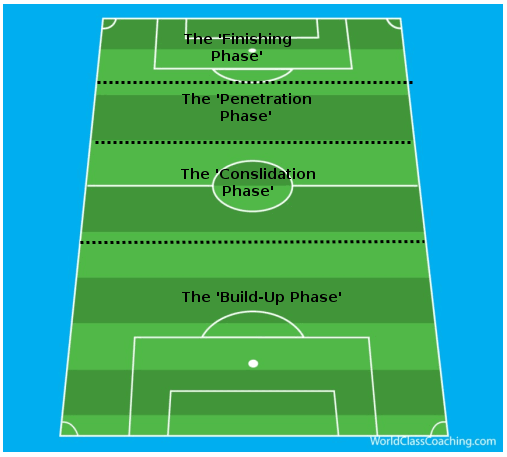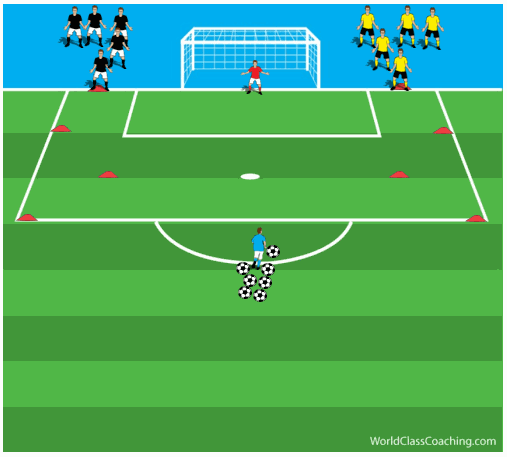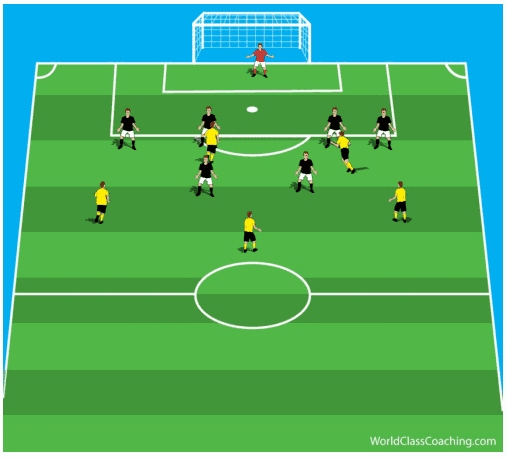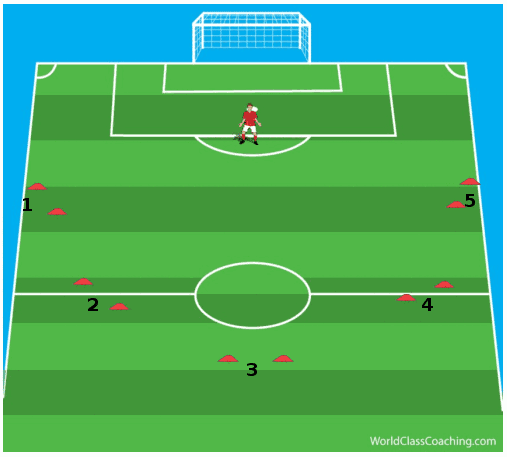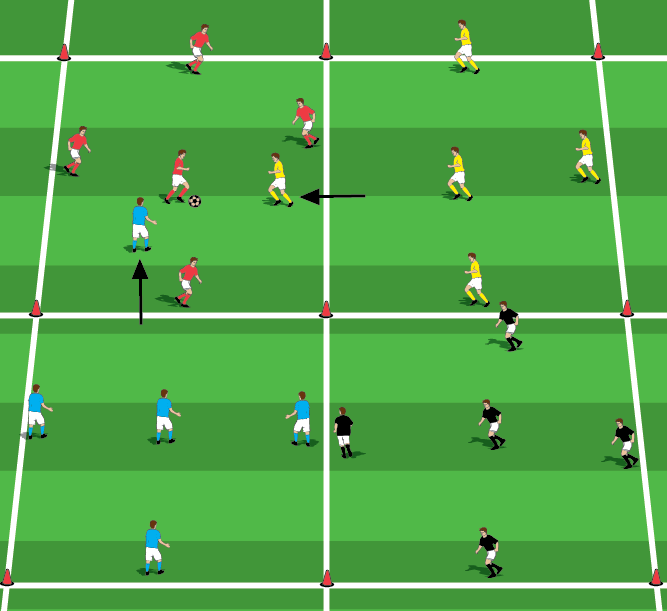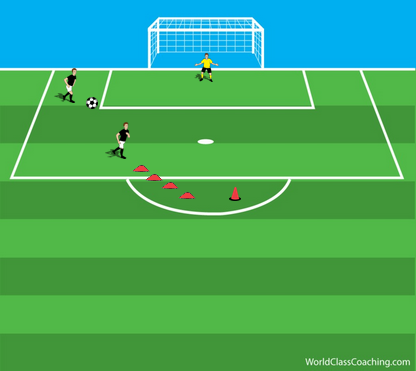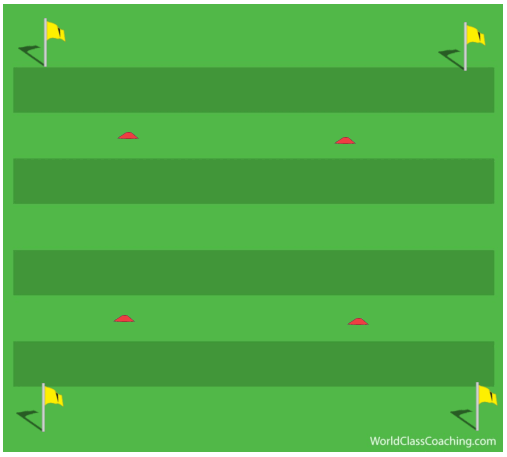THE FRENCH ELITE FORMATION COACHING LICENSE METHODOLOGY (WHOLE, PART, WHOLE)
VS
THE USSF COACHING METHODOLOGY (SIMPLE TO COMPLEX)
This article is contributed by John Pascarella, Sporting Kansas City Assistant Coach. Pascarella played professionally for nine seasons before beginning his coaching career in 1998 at the University of Maryland. The complete article includes training sessions and can be found in the October 2013 issue of the WORLD CLASS COACHING Magazine.
Beginning in February of 2013, MLS and The French Football Federation entered into a cooperative agreement based on a study conducted by US Soccer that showed that the FFF are one of the leading federations in player development. Based on this relationship each of the MLS Academies sent a coach to participate in the Elite Formation Coaching License in Clairfontaine. Speaking with Jon Parry, our Sporting Kansas City Academy Director and delving into the FFF methodology and pedagogy, I found some interesting differences in how US Soccer teaches coaches to organize their sessions and the FFF’s model.
I want to strongly emphasize that in my opinion, neither is right or wrong………neither one is better than the other. That’s not the objective of this article. The objective is to show the differences and to stress that coaches need to have the ability to teach in more than one way to be effective.
Both methods can be used to get your ideas across to players at any level given the right circumstances. Coaches must have various ways of getting their point across to players or suffer the consequences of not having them understand all that they are trying to convey!
You haven’t taught until they've learned!
The late, great, master coach, John Wooden had a saying: You haven’t taught until they've learned.” That simple saying (and reflecting on my conversations with Jon Parry regarding the FFF course) has caused me to think about my own coaching pedagogy and ask the questions:
“How many times have I had players who don’t
Continue reading

